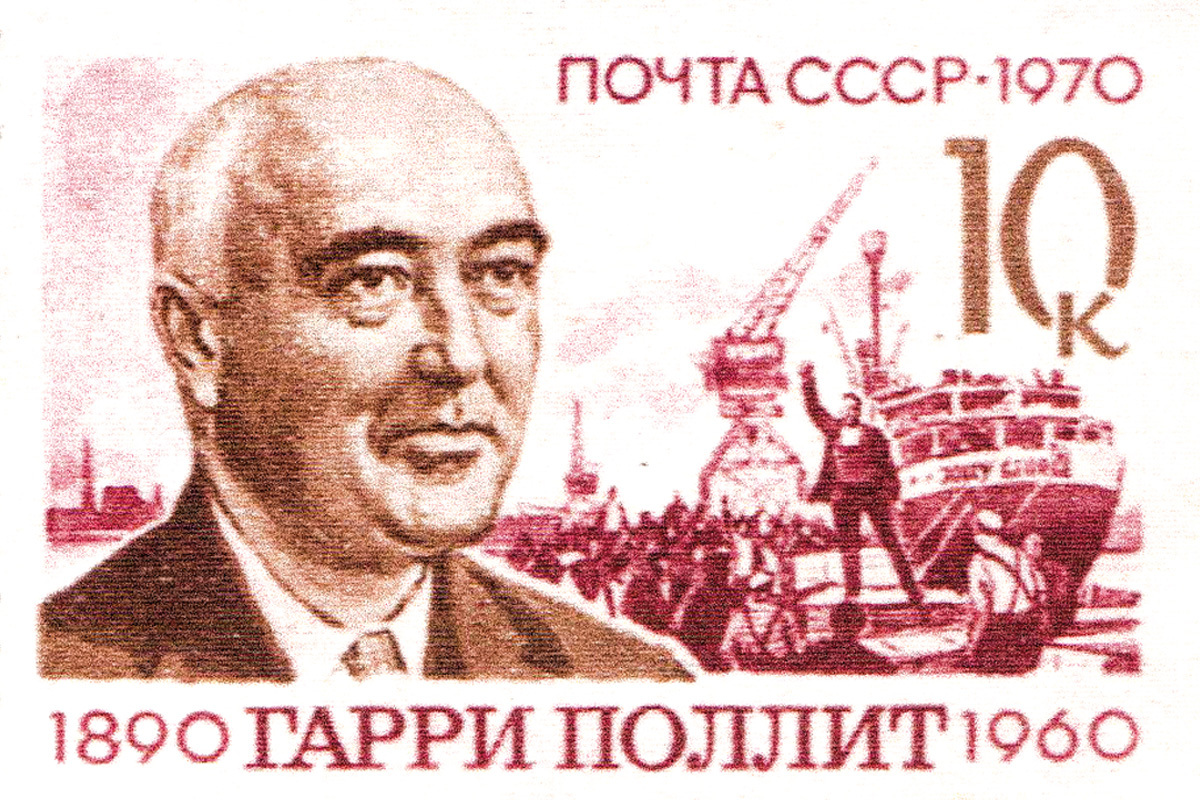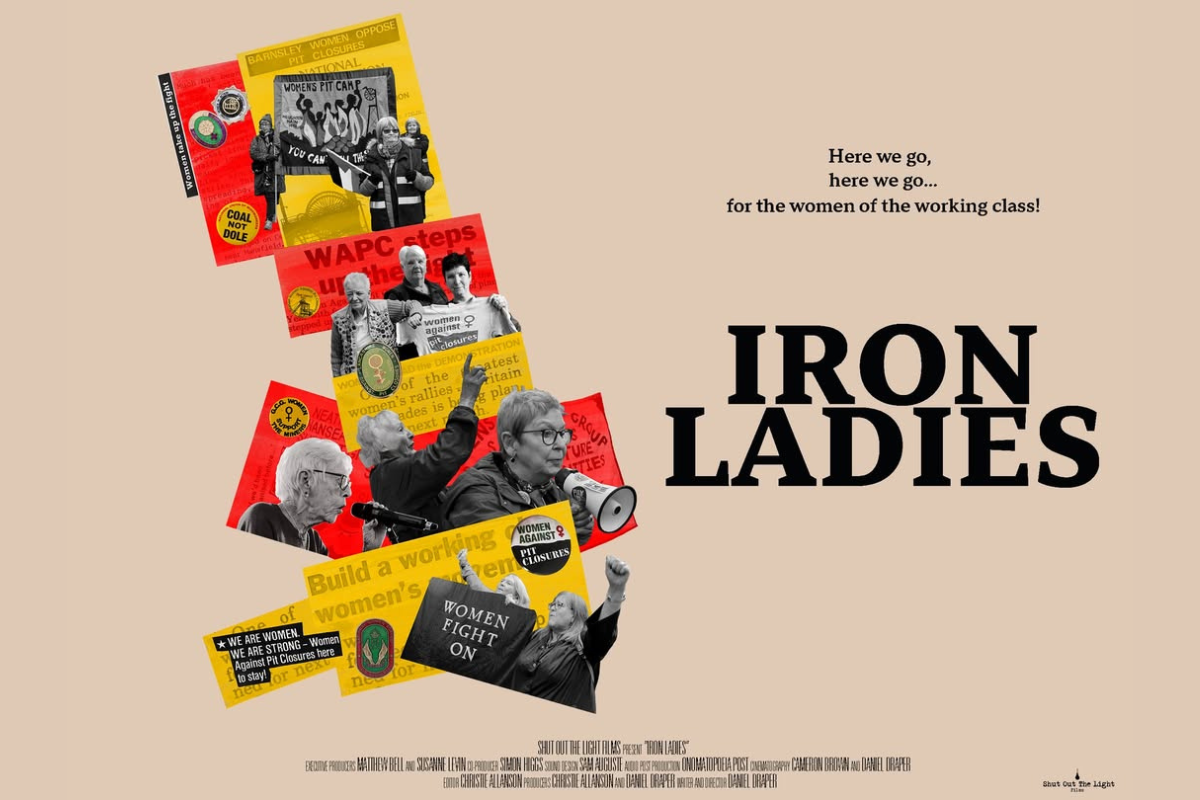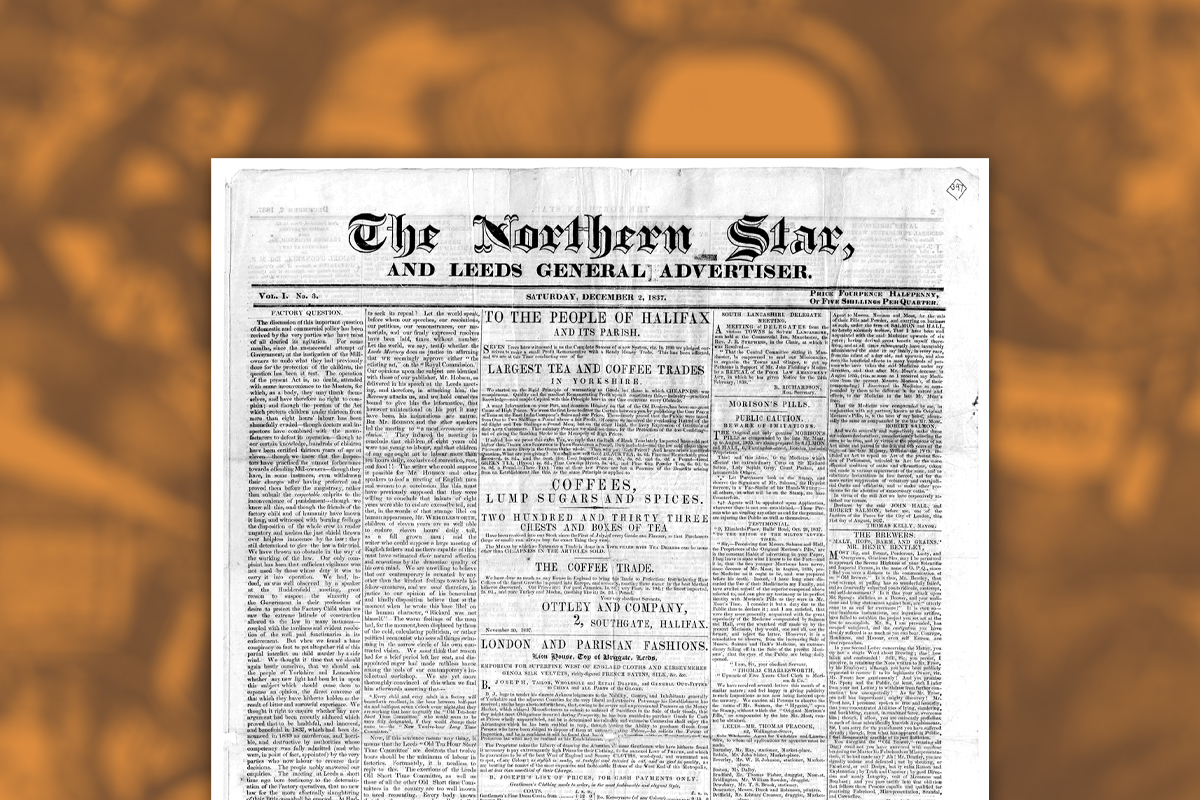To read the first part of this history of Thatcher in office click here
In 1983 Labour lost the election by a landslide. This gave the right wing in the Party their opportunity to fight back. The New Labour cry that the 1983 Labour Manifesto was the “longest suicide note in history” is utter nonsense. If anything the manifesto was less radical than the 1974 manifesto. There was a huge amount of Tory luck in the 1983 general election, Thatcher had managed to pull off a military victory and the SDP traitors had divided the Labour vote.
Part 2 by Terry McPartlan
The period after 1983 saw the right wing in the Party trying to take on the left, starting with the witch hunt against Militant. The polarisation in the Party reflected the aftermath of the failed policies right wing Labour Government under Jim Callaghan, but it also reflected an attempt by the right wing to regain control and begin to roll back the democratic reforms inside the Labour Party that had been won over a whole period in the 1970s and 1980s.
Thatcher’s assault on the public sector was accompanied a greater and greater concentration of power in the hands of central government and the cabinet. The huge unpopularity of the Tories throughout the working class areas meant a radicalisation within the Labour Party that was reflected in the local authorities. Thatcher and her environment minister Michael Heseltine began a war against ‘municipal socialism’. Sales of council houses and privatisation were key to this, but over time a whole series of measures were introduced to cap spending by local authorities, create new school management structures to take power away from elected councils and close loopholes that allowed for creative accounting by councils, and eventually led to the introduction of the poll tax. If the councils came up with a new ploy the Tories would introduce new regulations to ban it. This process reduced massively the council’s capacity to meet local needs and resulted in the powers of local authorities being hugely curtailed. Local democracy was turned into an empty shell. The GLC and the Metropolitan County Councils were abolished, ostensibly to save money and get rid of ‘waste’, but in reality the main reason was that Ken Livingstone and other municipal leaders were in opposition to Tory policy.
Anti-union Laws
Law after law was passed to try and tie down the trade unions: laws against secondary picketing, laws about ballots, how many pickets you could have, postal ballots, trade union elections, the closed shop and the political levy were all introduced in attempt to smash the power of the trade unions. The Tories passed regulations allowing the courts to sequester trade union assets and funds and to ban trade unions at GCHQ. The trade unions are the defensive organisations of the working class. By 1979 the TUC organised some 13 million workers, around 50% of the working population. The Tories were terrified of the potential power of the working class, particularly after the experience of the 1970s. But the fact that Thatcher got away with this attack was certainly not inevitable. It reflected the weakness and cowardice of the right wing trade union leaders and of the Labour leadership. Weakness invites aggression, so the Tories just piled up the legislation.
Miners’ Strike
The role of the trade union leaders was most dramatically evidenced during the Great Miners’ Strike of 1984-85. The Tories threw every law in the book against the miners and their union, the National Union of Mineworkers, in particular. Not only that, but the Tories effectively created a new national police force which once again concentrated greater and greater power in the hands of the government. The response of the trade union leaders and particularly the Labour leaders was to hide behind Thatcher’s new laws and to denounce what the Tories termed ‘picket line violence’. The truth is though that it wasn’t the unarmed miners in their trainers, but the riot police and troops in their full body armour or sitting on horses wielding truncheons who were the main protagonists in the picket line violence that went on. The miners had mass support among the working class. Even if the trade union leaders had lifted their little finger; there is no doubt that the miners could have won the strike. The lorry drivers, power workers and the dockers could have shut off the supplies of coal and power within weeks. The role of the leadership was absolutely crucial, but none came. As Bernard Ingham, Thatcher’s Press Secretary, commented recently, “it was a close run thing”. It was the Labour and trade union leaders, the forerunners of New Labour, who managed to turn it into a defeat.
The defeat of the strike had a demoralising effect on the trade union movement, but especially on its leadership. The idea of new realism, sweetheart deals and no strike agreements were posed against militant action. After all if the miners couldn’t win how could anyone else, went the argument? This was the justification for two decades of class collaboration and the steady drift to the right within the Labour Party under Neil Kinnock.
Kinnock goes Right
Kinnock sought to disprove the general belief that Labour was a left wing party. He attempted to present Labour as moderate and modern, ditching policy after policy, rolling back the reforms, closing down the youth wing, the Labour Party Young Socialists, and attempting (highly unsuccessfully) to witch hunt Militant and other sections of the left. Kinnock famously stabbed Liverpool and Lambeth Councils in the back when they fought the Tory spending cuts. But all this manoeuvring and tacking to the right just invited more attacks.
The latter part of 1980s is associated with economic boom and the generation of ‘Thatcher’s children’, yuppies carrying mobile phones the size of bricks, financial deregulation and the collapse of Stalinism. However, despite the boom, the reality was very different for most workers. The North-South divide was accentuated as the financial boom in London sucked in jobs. There was a housing boom which collapsed after Britain fell out of the ERM in 1992 under John Major, leaving hundreds of thousands in negative equity, but that’s another story. Despite the boom, the financial and economic straitjacket on the public sector in particular meant the hardship carried on.
But the boom had the effect of underpinning the ideas of reformism in the Labour movement. Many of the New Labour leadership bought massively into the idea that capitalism had solved its problems, after the economic crash in 1987 was prevented from turning into a slump by the co-ordinated action of the western governments. As the Marxists explained at the time, this only had the effect of making the recession all the worse when it eventually arrived. The rush to the right in the Labour Party was so dramatic that as Dave Nellist , Labour MP for Coventry (and a Marxist), said at the time, the easiest way to end up on the left of the party was to stand still. Former ‘lefts’ like David Blunkett and Margaret Hodge led the charge rightward.
But Thatcher’s luck was beginning to run out. The Tory party was deeply divided over the question of the Europe Union and what role Britain was to play in it. This reflected the conflicting interests of different sections of the ruling class; the industrialists who were trading with Europe and the bankers who placed their trust in trading in sterling and close relations with the USA for example. The tensions within the Tory Party were evident and it was becoming clear that the trappings of high office and eleven years in power were resulting in the Tories becoming associated with sleaze.
Poll Tax
But the first nail in Thatcher’s coffin was driven in by the 16 million people who refused to pay the poll tax. Thatcher saw this as one of the flagships of her 1987 government. Why, she said, should poor little old ladies living in 5 bedroom mansions pay the same rates as a family of 6 living in a three bedroom council house? The rates, a broadly progressive local tax on property values, were always a source of grumbling among the Tory party rank and file, numerous letters were written to the Daily Telegraph and local newspapers by ‘angry rate payer’ and company, mostly bemoaning the council spending money on terrible Bolshevik policies like nurseries or translation services. So in an attempt at populism Thatcher decided the rates had to go.
The poll tax proposed to replace the rates was a flat rate tax on local residents. Why should a duke pay more than a dustman, asked Tory Minister Ridley? The effect was dramatic. The Community Charge, as it was known, meant enormous bills for the poor and overcrowded and big discounts for the rich. At the same time, it also meant that the local authorities could only control directly around 25% of their budgets, whereas previously they had controlled around 50% (including rates on businesses, which were now set by the government).
The effect was immediate and dramatic. Anti poll tax unions sprang up in every town and estate. Millions of people simply couldn’t afford to pay and many more refused to do so. Thousands were dragged to court and many ended up being jailed. It was one of the most obvious pieces of anti-working class legislation in decades. On 31st March 1990 the Tories organised a police assault on what had been an overwhelmingly peaceful demonstration of 250,000 people. Young and old, political and non political the march was gigantic. What’s more it was organised without the support of the leaders of the unions or the Labour Party. The Labour leaders had placed all of their eggs in the basket of fighting for this or that amendment to the legislation, break the law? Heavens no! The march turned into a pitched battle, South Africa house was set alight and the riot vans moved in.
But the poll tax was doomed, Thatcher’s popularity plummeted and Kinnock suddenly found himself in the lead in the polls. The anti poll tax movement spread to every corner of the country. It was compared with the peasants’ revolt of 1381, which had developed in opposition to a medieval version of the poll tax. The fight against the poll tax was the biggest act of civil disobedience in British history. The end was nigh for Thatcherism.
No alternative?
Thatcher’s mantra was, ‘there is no alternative’. The fight against the poll tax showed that wasn’t true. If stood up to Thatcherism could be beaten. It was not inevitable, but none of the official leadership had the guts to stand up to her. That’s how she got away with it for so long. We toppled her over the poll tax because it was a unique movement that the official leadership wasn’t in a position to take over and sabotage.
Eventually, the divisions over Europe within the Tory Party resulted in a leadership challenge against Thatcher. After she failed to win outright on the first ballot, she was eventually persuaded to resign. As the car pulled away from Downing Street a tear appeared in the corner of her eye, but it was drowned out by the cheers of millions of working people. She was gone at last.
The New Labour myth machine would have us believe that Thatcherism was necessary, that it was in some way inevitable. It was necessary yes, from a bourgeois perspective to attack the working class to ensure their profits. It was necessary to try and shackle the unions, to try and destroy any points of opposition. Thatcherism and Reaganism in the USA were part of a period of ‘mild reaction’ and a drift towards ‘parliamentary Bonapartism’. They reflected the fact that capitalism had changed, that the post War boom had ended and the relations between the classes had changed. Capitalism could no longer afford reforms. The days of the 1950s and 1960s were long gone; consensus politics, the so called ‘Butskellism’ (the bipartisan policies of the Tory Butler and Labour politician Gaitskell), was a thing of the past.
Thatcher has always been portrayed as a strong leader. She was certainly dogmatic, stubborn and inflexible, but her longevity in power was achieved in part as a result of accident and in large measure as a result of the absolute incapacity of the Labour and trade union leaders to seriously challenge the Tories. Weakness and prevarication invite aggression and the Labour Leaders helped to create the conditions whereby the Tories were able to lay in to the working class for over a decade. Thatcher was no great thinker either. Her social base within the Tory Party was the nouveau riche, the petty bourgeois upstarts and the yuppies, the city slickers and the wide boys, the very same people who brought us the credit crunch. Large parts of the country were decimated, whole industries wiped out of existence. Dogmatic monetarism drove the Tories’ politics and it was the working class that suffered.
Tony Blair admired Thatcher, particularly for her determination and what he as a bourgeois politician considered her achievements. The fact is though that from a working class perspective Thatcherism was an unmitigated disaster. The 11 years that she was in power certainly changed British politics, in fact it underlined Britain’s position as an ex world power, completely in the thrall of the ‘special relationship’ with the United States. Thatcher created discord where there was harmony and polarised British politics. Her reign represented a desperate attempt by the British ruling class to return to the days of the empire, where their rule was unchallengeable. By the end she was isolated, leading a deeply divided party having been hounded out on the back of the campaign against the poll tax, the biggest movement of working people in Britain since 1926.






